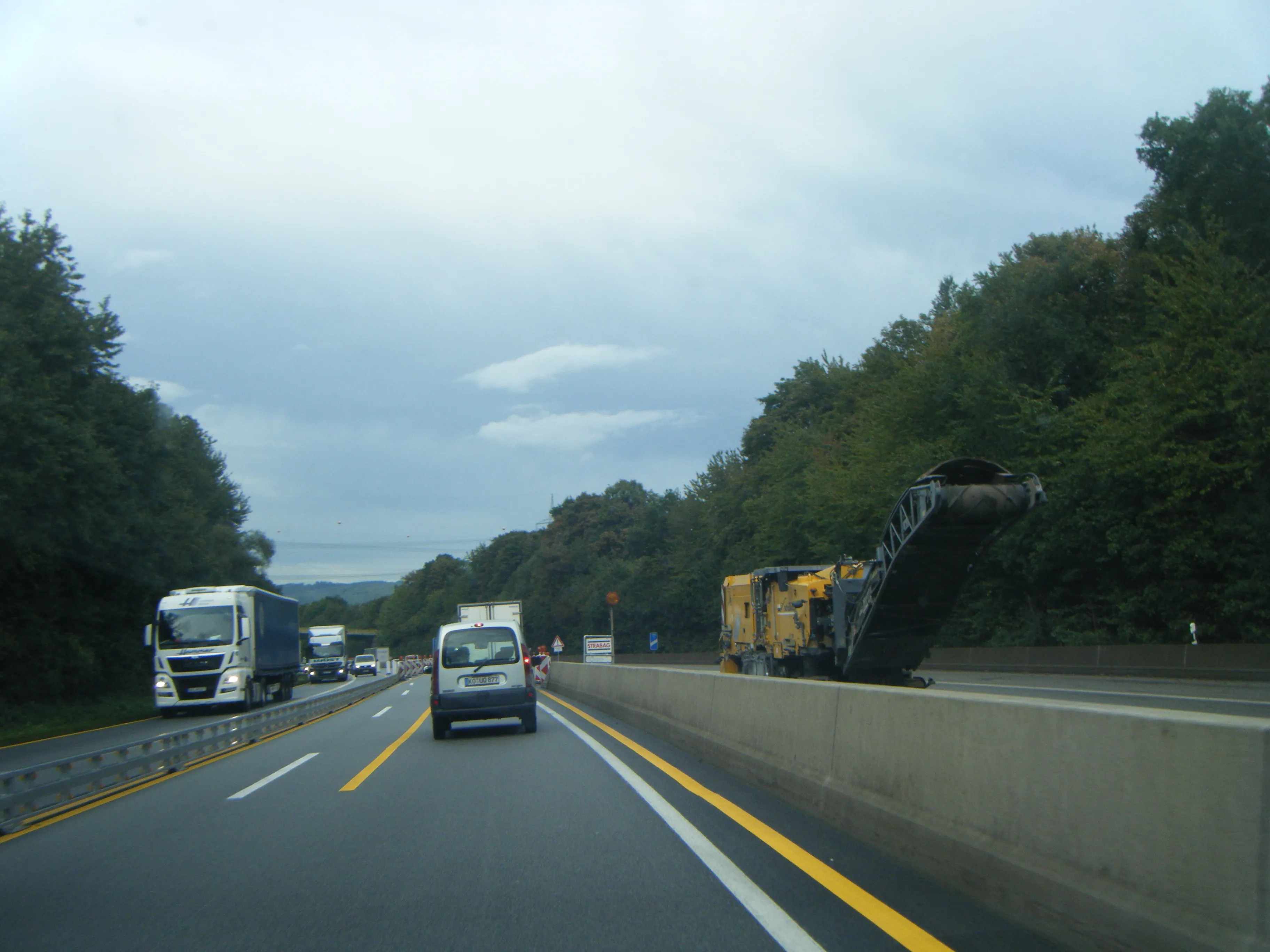Up to 10,000 Belgian construction jobs could be lost after tax deductions for roof insulations are abolished, according to Confédération Construction (CC).
March 15, 2012
Read time: 1 min
Up to 10,000 Belgian construction jobs could be lost after tax deductions for roof insulations are abolished, according to Confédération Construction (CC). Roof insulation tax deductions are this year set to fall from 40% to 30%, before being abolished completely in 2013. CC said the move will potentially cost the Belgian construction industry €1billion and 10,000 of the current 216,000 industry employees. The influential body said that it would like a more gradual removal of the roof insulation tax deduction.








